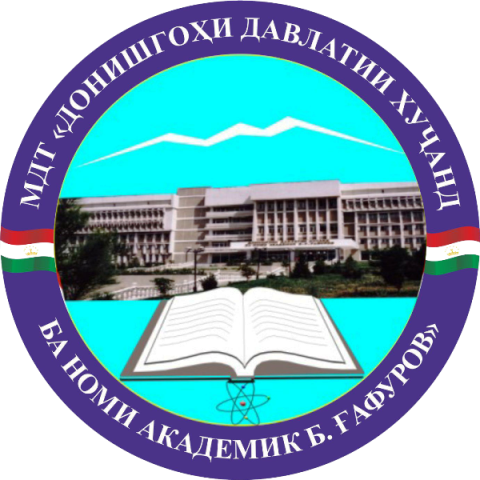2022
ORNITHOFAUNA OF THE WASTE WATER STORAGE RESERVOIR SORBULAK (KAZAKHSTAN)
Authors: Gavrilov Andrey Eduardovich - Candidate of Biological Sciences, Head of the Center for Bird Banding RSE at the Institute of Zoology of the KN of the Ministry of Education and Science of the Republic of Kazakhstan, Zaripova Sirimgul Khayrulloevna - Researcher at the Laboratory of Ornithology and Herpetology of the RSE at the Institute of Zoology of the KN of the Ministry of Education and Science of the Republic of Kazakhstan, Abaev Almat Joldasbaevich - Head of the Laboratory of Ornithology and Herpetology of the RSE at the Institute of Zoology of the KN MES RK
 
JOURNAL NUMBER: 2(61). YEAR OF ISSUE: 2022. LANGUAGE OF THE ARTICLE: Russian
 
ANNOTATION
Wetlands provide habitat for a large number of birds. The role of artificial reservoirs in the conservation of bird diversity has not been sufficiently studied. Based on the results of their own research and a review of literary sources, the authors compiled a list of bird species identified in the period from 1976 to 2021. on one of the largest waste water reservoirs - Sorbulak Lake near the city of Almaty (Republic of Kazakhstan). Observations were carried out on route counts, from a permanent observation point, and the results of observations of bird lovers were also taken into account. For the study of migratory species, 182,879 individuals of 218 species of 17 orders were marked by ringing. In the area of Lake Sorbulak, 335 species from 20 orders of birds were noted, including 37 species included in the Red Book of the Republic of Kazakhstan. More than 80 species from 14 orders nest here. Ringed on the lake Sorbulak birds were found on the territory of 12 states of Eurasia and Africa. The returns of the rings show that birds inhabiting the regions of Eastern, Middle and Western Siberia, Central, Eastern and South-Eastern Kazakhstan migrate through the Sorbulak lake system. The research results show the great importance of the Sorbulak lake system for aquatic and semi-aquatic birds at all stages of their life cycle (nesting, seasonal migrations, wintering, molting).
 
KEY WORDS
wetlands, technogenic reservoir, birds, migrations, Sorbulak lake, Asia.
 
 ðÉð¢ð│ð╗ð©ð╣Ðüð║ð©ð╣
ðÉð¢ð│ð╗ð©ð╣Ðüð║ð©ð╣
 ðóð¥ÊÀð©ð║Ëú
ðóð¥ÊÀð©ð║Ëú  ðáÐâÐüÐüð║ð©ð╣
ðáÐâÐüÐüð║ð©ð╣ 
